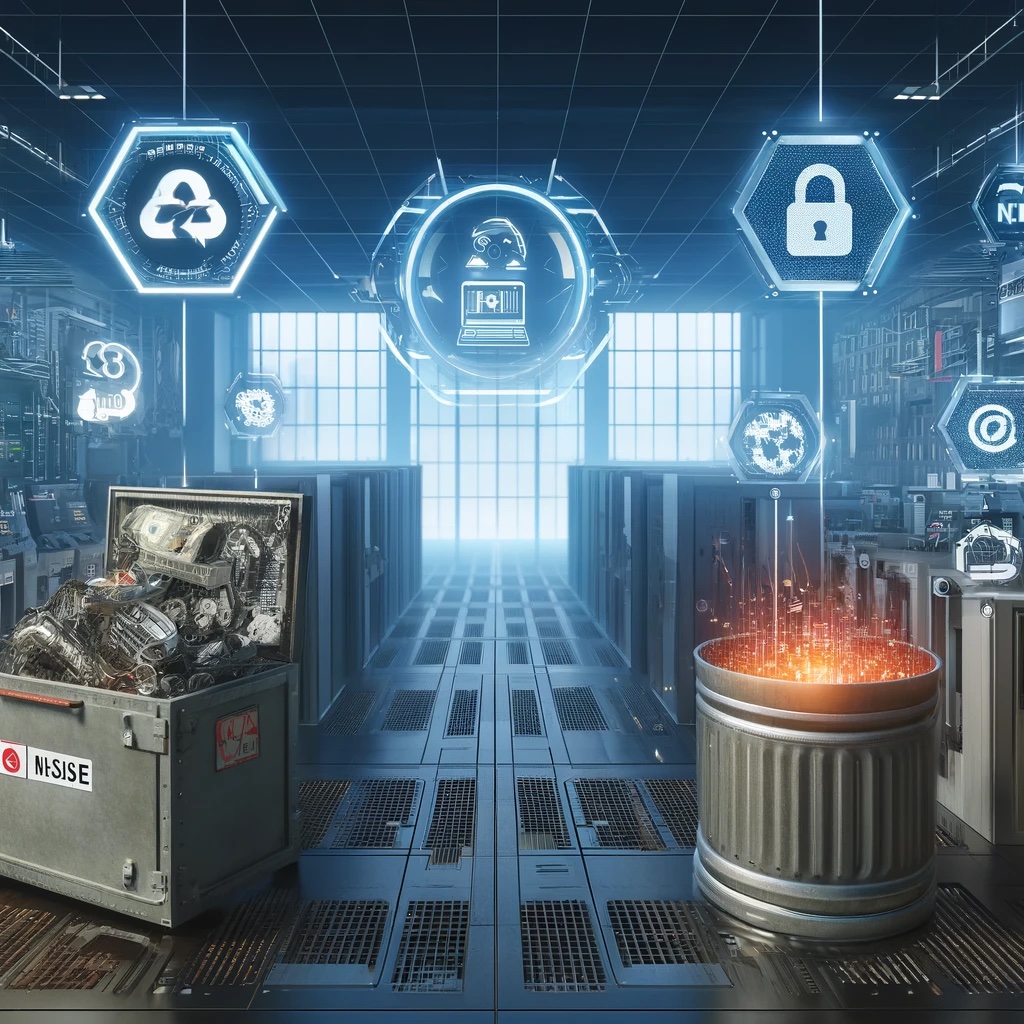Backblaze took all of the drives and put them into their environment and kept a close eye on them to see how they would perform. Many drives performed as expected, some did better than expected, and others failed miserably.
The most attention was given to the top 3 in the industry, Hitachi, Western Digital, and Seagate. Backblaze measured the reliability of the drives based on their annual failure rate, which is the average number of failures while running a drive for one year.
To the left you can see how each of the three brands did. Hitachi came out on top with less than 2% overall failure rate, their actual numbers were 0.9% to 1.1%. These numbers are closer to what manufacturers will tell you, but they are among the few in this category. Western digital drives failed at a slightly higher rate of around 2.5% to 3.5%. The surprising figures come from Seagate, of the 3 major brands tested Seagate was the worst. They had a range of 3.8% to a whopping 25.4%.[/vc_column_text][/vc_column][vc_column width=”1/2″ dp_animation=””][vc_column_text dp_animation=””]Now keep in mind, these drives are running in near optimal conditions, as this is a data storage company. This is not always, and usually isn’t always the case.
What does this mean to everyone? What it means to data centers and data center managers is they need to be more careful what brand they buy, for a few obvious reasons. A failed drive can create server downtime and more work, which means less time for other tasks. More importantly it means more data at rest, which greatly increases the chance of a data breach from data walking off. This also means currently there are hundreds of thousands of drives active in an environment that could have a failure rate as high as 25%. What happens to those drives when they fail? Do they sit on a desk? In a box or plastic tub? Are the individual drives accounted for as they are removed from their working environment?
With more light shed on just how high drive failure rates are, it is important that the above questions are considered. Having failed drives lying around is a recipe for disaster, or rather, a recipe for a data breach. It is imperative these failed drives are properly audited, securely contained, and destroyed onsite to help maintain compliance and offer piece of mind.
To learn more about how we can help you mitigate your risk click on the button below.[/vc_column_text][/vc_column][/vc_row][vc_row type=”grid” video_bg=”” row_type=”section” bg_image_repeat=”repeat” padding_top=”24″ padding_bottom=”24″][vc_column dp_animation=””][vc_separator][/vc_column][/vc_row][vc_row type=”grid” video_bg=””][vc_column width=”1/2″ dp_animation=””][vc_widget_sidebar sidebar_id=”posts-footer-block-left”][/vc_column][vc_column width=”1/2″ dp_animation=””][vc_widget_sidebar sidebar_id=”posts-footer-block-right”][/vc_column][/vc_row]









